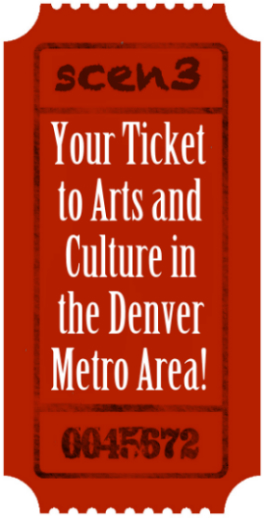Classical Styles Reborn with Pro Musica
Preview by Betsy Schwarm
As a chamber orchestra specializing in symphonic works of humbler proportion, Pro Musica might not be expected to have much to do with early 20th century repertoire. Epic Mahler symphonies, even those of Rachmaninoff, wouldn’t suit the ensemble’s mission. However, that same generation also produced the Neoclassical school of thought. Here, one finds a rediscovery of late Baroque/early Classical ideas: strings and woodwinds; perhaps a dash of brass; above all, clarity of balance. Just because the minuet had been absent from the dance floor for 150 years was, apparently, no reason not to revive its elegance and beauty, with just the slightest hint of up-to-date harmonies.
The movement began at the close of World War I. With most of Europe reeling in the aftermath of that event, there was solace to be found in what Pro Musica’s music director and conductor Cynthia Katsarelis describes as “a search for beauty, order, and emotional restraint.” Given the unsettled nature of society today, that search still resonates. Katsarelis further observes, “These gems have a poignant beauty with a powerful undercurrent of emotion that I believe speaks to the difficulty of our own time.” Music can reflect a state of mind even without being overtly political.
In scale and style, Neoclassicism ideally suits Pro Musica’s chamber orchestra. Having only several dozen players, chamber orchestras are constituted similarly to those of the mid-to-late 18th century, when orchestras were scarcely a quarter of what one needs for a Bruckner symphony. One advantage of smaller forces is that musical subtleties stand out more readily. A delicate oboe phrase does not drown in a thunderstorm of orchestral fury. Certainly, a guitar concerto becomes possible, as it would not have been even with a Brahms-sized orchestra. So when, in 1939, Italian-born composer Mario Castelnuovo-Tedesco (1895 – 1968) decided to write a concerto for Andres Segovia (1893 – 1987), he chose a Neoclassical orchestra, as well as Neoclassical structures to the formatting of the individual movements. Guitarist Nicoló Spera will be joining Pro Musica. Katsarelis calls him “an artist of high-caliber and generous spirit:” he’ll need those qualities to stand in for Segovia.
In France, too, Neoclassicism had a following. Maurice Ravel (1875 – 1937) remembered his own nation’s 18th century traditions in Le Tombeau de Couperin, a reminiscence of his predecessor François Couperin (1668 – 1733). Initially, it was a six-movement, dance-flavored solo piano suite composed in 1917. Three years later, Ravel (an inveterate orchestrator, both of his own works and those of others) reimagined it for orchestra. Two of the original movements he set aside as being too determinedly keyboard in character to take on symphonic expression. The others acquired new life in a work of such sunny spirit that one hopes the composer and his colleagues found it comforting in the difficult days of post-war recovery.
Then there’s Igor Stravinsky (1882 – 1971). In some ways, the Russian was a leading spokesman for the avant-garde. What ballet, other than his The Rite of Spring (1913), literally provoked riots at its premiere? Certainly not Pulcinella, his ballet of 1920. Also composed for the Ballets Russes, Pulcinella derived from the works of Giovanni Battista Pergolesi (1710 – 1736), borrowing some of that short-lived master’s melodies, as well as some from other composers of the day, resetting them in new vein. That the orchestra includes trombones would have startled Pergolesi, but the rhythms and energy are entirely of his time. Pulcinella is one of the most conservative things Stravinsky ever wrote, as if he wished to prove that he could follow the rules when he chose. His orchestral suite from the ballet premiered in Boston December 22, 1922, but was later revised by Stravinsky himself – less for modernizing than for adjusting sequencing of movements.
Taken together, those three works guarantee that Pro Musica’s concerts will be two evenings of good cheer: music of graceful contrast, rather than confrontation. One imagines that, if Mozart reappeared on earth to hear such Neoclassical delights, he would feel right at home: Denver-area music lovers can attend in his place.
Pro Musica, together with guitarist Nicoló Spera, will perform Friday, October 20 at 7:30pm at Bethany Lutheran Church in south Denver, and the following evening Saturday October 21st, also at 7:30pm, at Mountain View United Methodist Church in Boulder. Arrive an hour early for music director Cynthia Katsarelis’ pre-concert talk. It is music that speaks strongly to her, and likely will touch listeners, as well.













Trackbacks/Pingbacks
[…] “One imagines that, if Mozart reappeared on earth to hear such Neoclassical delights, he would feel right at home: Denver-area music lovers can attend in his place.” – Betsy Schwarm, The SCEN3 […]